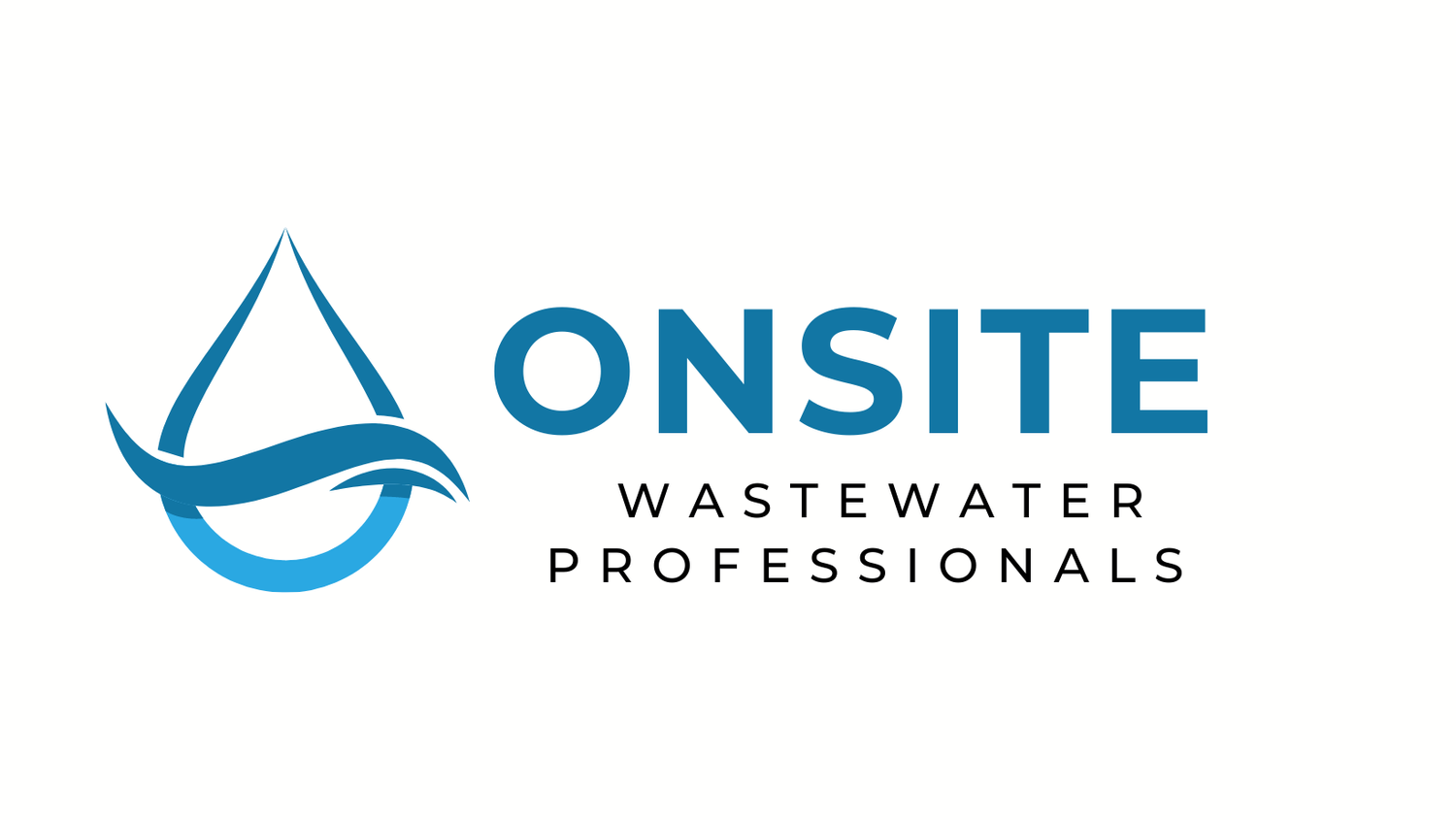.1303 OWNER RESPONSIBILITIES FOR WASTEWATER SYSTEM OPERATION AND MAINTENANCE21
(a) Any person owning or controlling the property upon which a wastewater system is installed shall be responsible for the following items regarding the operation and maintenance of the system:
(1) the wastewater system shall be operated and maintained to protect North Carolina ground and surface water quality standards and to prevent the following conditions:
(A) discharge of sewage or effluent to the surface of the ground, surface waters, or into groundwater at any time;
(B) back-up of sewage or effluent into the facility, building drains, collection system, freeboard volume of the tanks, or distribution system; or
(C) effluent within three inches of finished grade over one or more trenches based on two or more observations made not less than 24 hours apart, and greater than 24 hours after a rainfall event;
(2) the system shall be considered to be malfunctioning when one or more of the conditions of Subparagraph (a)(1) of this Rule occur or if it is necessary to remove the contents of the tank(s) at a frequency greater than once per month in order to prevent one or more of the conditions of Subparagraph (a)(1) of the Rule. The owner shall contact the LHD when the wastewater system is malfunctioning. If the system was permitted under an EOP or AOWE permit, the owner shall also contact the PE or AOWE when the wastewater system is malfunctioning;
(3) wastewater systems shall be inspected, and the entire contents of all septic tank compartments shall be removed whenever the depth of both the scum and sludge is found to be more than one-third of the liquid depth in any compartment. The effluent filter shall be rinsed to remove accumulated solids that can cause the wastewater to back up into the facility or clog the system, or replaced as needed;
(4) residuals from the wastewater system shall be transported and disposed of in accordance with G.S. 130A, Article 9, and 15A NCAC 13B;
(5) grease traps and grease tanks shall be pumped as needed to prevent discharge of FOG from the trap or tank to the next treatment component, but no less than yearly. Grease traps and grease tanks shall be maintained in accordance with Rule .0803(h) of this Subchapter and the owner shall maintain a contract with a septage management firm. All pumping records shall be maintained on-site;
(6) site-specific vegetation shall be established and maintained over the wastewater system and repair area to stabilize slope and control erosion;
(7) activities that result in soil disturbance or soil compaction shall not occur over the initial and repair dispersal field area;
(8) maintaining the wastewater system in accordance with Rule .1301(a) of this Section; and
(9) turning the effluent flow diversion valve for alternating dual dispersal fields once a year or as specified by the PE, AOWE, or authorized designer.
(b) A contract for operation and maintenance of a wastewater system required to be maintained by a Management Entity, as specified in Table XXXII of Rule .1301(b) of this Section, shall be in effect for as long as the system is in use. A contract shall be executed between the system owner and a Management Entity prior to the issuance of an OP, unless the system owner and Management Entity are the same. The contract shall include:
(1) specific requirements for operation, maintenance, and associated reporting;
(2) responsibilities of the owner;
(3) responsibilities of the Management Entity;
(4) provisions for notification to the LHD by the owner and Management Entity upon termination of the contract; and
(5) other requirements for the continued performance of the system, as determined by the Management Entity, LHD, and Department, as applicable.
History Note: Authority G.S. 130A-335(e) and (f); S.L. 2023-77, s.19.

